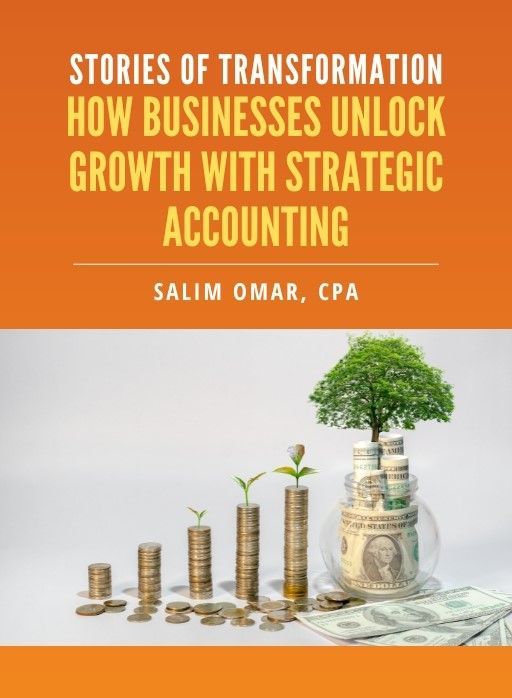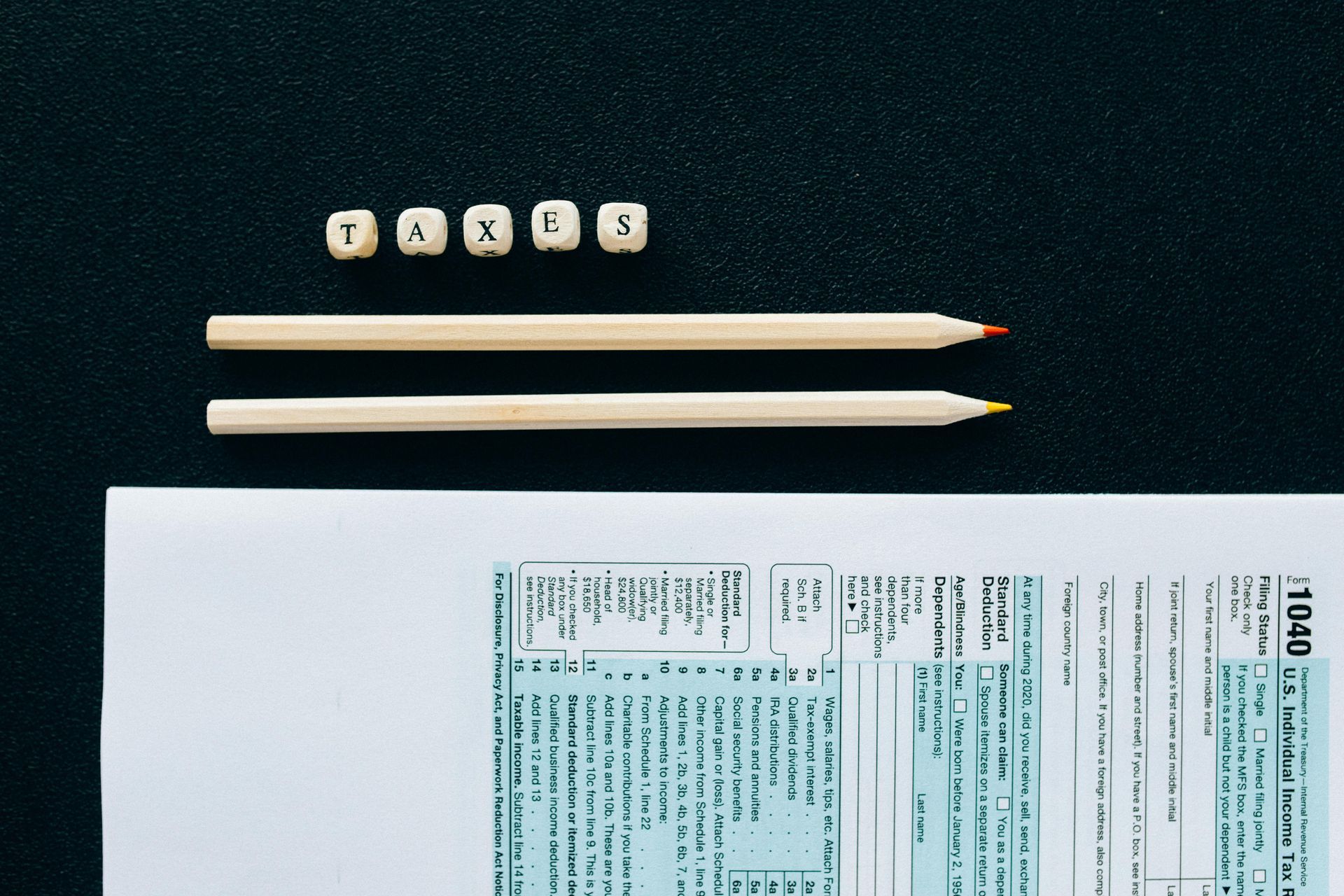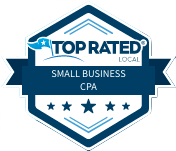How Business Owners Can Leverage SEP IRAs and 401(k)s for Year-End Planning
The Year-End Window for Business Owner Retirement Planning
December always sneaks up faster than expected.
If you’re running a business, that means one thing — year-end crunch time. You’re probably juggling invoices, closing books, and wondering how to keep more of what you’ve earned.
Here’s the thing most owners overlook: your retirement plan can do more than prepare you for the future. Done right, it can cut your tax bill today and strengthen your long-term wealth position.
SEP IRAs and 401(k)s aren’t just “nice-to-haves.” They’re financial levers — tools that turn ordinary contributions into measurable results. And when you use them before December 31, they pull double duty:
tax savings now, compounded growth later.
Understanding SEP IRAs and 401(k)s
Let’s keep this simple.
- SEP IRAs (Simplified Employee Pension)
They’re tailor-made for self-employed folks or small business owners who prefer flexibility.
You can usually contribute up to 25% of your income (with IRS caps in place), and the paperwork won’t drive you insane.
- 401(k) Plans for Small Businesses
They allow higher limits, especially if you’ve got employees. You can layer on matching, profit sharing, and even Roth options if that fits your structure.
The real win? You can design the plan around your company’s cash flow instead of the other way around.
Bottom line: The right setup depends on your mix of goals — tax relief, cash flow control, and how much you want to sock away for yourself and your team.
Frame Your Year-End Strategy
Here’s where most people go wrong: they treat year-end contributions like a checkbox.
That’s a mistake.
Think of it as a financial chess move instead.
Before December 31, ask yourself:
- Am I hitting my maximum allowable contribution?
- Does a SEP IRA or a 401(k) give me the bigger tax edge this year?
- Can I include my employees in a way that helps them — and me?
If you’ve got staff, review matching rules. A strong retirement benefit doesn’t just lower taxes; it keeps good people around.
And a quick note on cash flow — don’t drain liquidity for the sake of deductions. If you can, push part of the bonuses into retirement contributions. It’s cleaner and smarter.
From Contributions to Tax Efficiency
This is where the math gets interesting.
Pre-tax contributions directly lower your taxable income — that’s an immediate impact. But the hidden advantage is time. The earlier the contribution, the more runway for compounding.
And if you’re running a SEP IRA, you’ve even got a bit of breathing room — some contributions can be made after year-end and still count for the current tax year. That kind of flexibility is gold when things get tight in December.
So yes, it’s a retirement plan, but it’s also a
strategic tax instrument. One move, two outcomes.
Tracking and Oversight
Here’s what the disciplined business owners do differently — they track everything.
- Who contributed what, and when.
- Whether all employee matches are complete.
- If documentation aligns with current IRS limits.
- How every contribution affects taxable income projections.
It’s not glamorous work, but this kind of visibility prevents costly mistakes and keeps you audit-ready without stress.
Controls That Keep You Clean
Small errors cost big later. The fix is a simple structure.
- Keep clean records — not just for compliance, but clarity.
- Double-check contribution and filing deadlines.
- Make sure your plan documents are updated (this gets missed a lot).
- Touch base with your
CPA or advisor — two heads are better than one.
The reward? Confidence. You’ll sleep better knowing everything’s buttoned up.
Act Now. Plan Ahead.
For now:
- Max out what you can before December 31.
- Lock in matches.
- Check compliance boxes while you still have runway.
For next year:
- Review your investment mix.
- Consider whether a Roth conversion fits your longer-term play.
- Sync contribution plans with expected revenue and tax exposure.
Year-end is the pivot point — you’re setting up both the closeout and the next cycle.
Bottom Line
December 31 isn’t just the end of the year — it’s a pressure test for how strategic you are with your money. Every contribution, every deadline, every planning decision compounds over time. A good retirement plan saves taxes. A great one builds credibility — with your board, your partners, even your employees.
Don’t let the date slip. Use it as leverage. Turn this year’s deadline into next year’s advantage.
Free eBook:
Stories of Transformation


Salim is a straight-talking CPA with 30+ years of entrepreneurial and accounting experience. His professional background includes experience as a former Chief Financial Officer and, for the last twenty-five years, as a serial 7-Figure entrepreneur.





